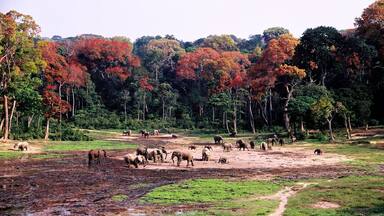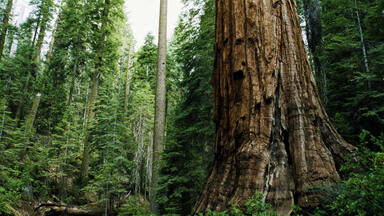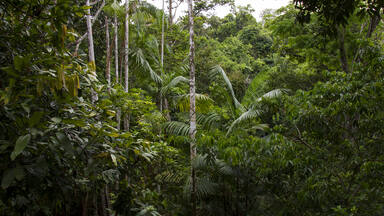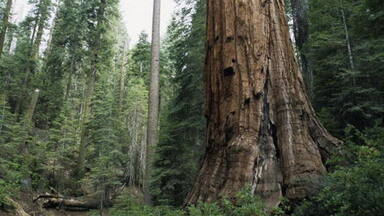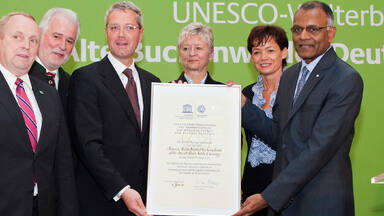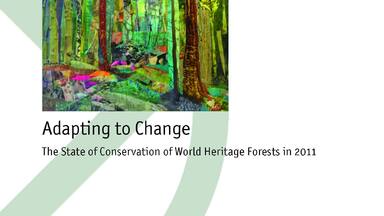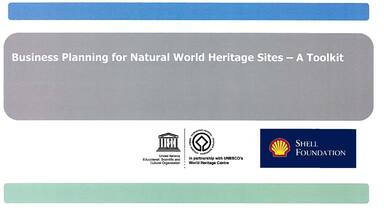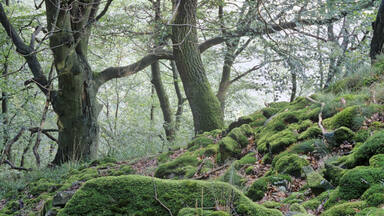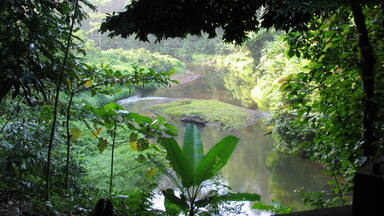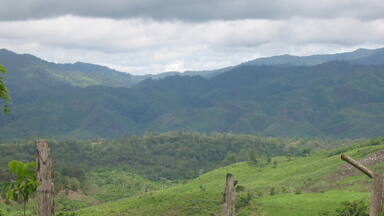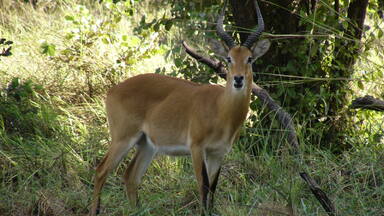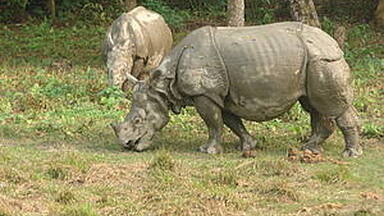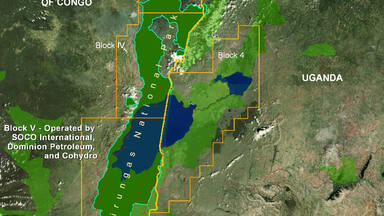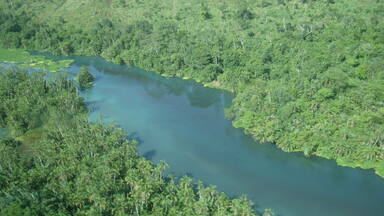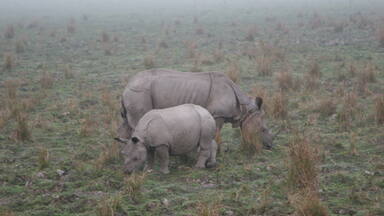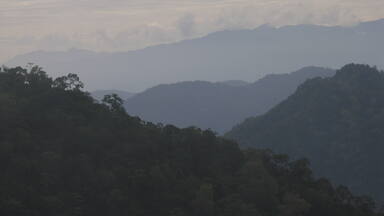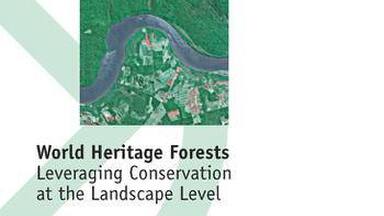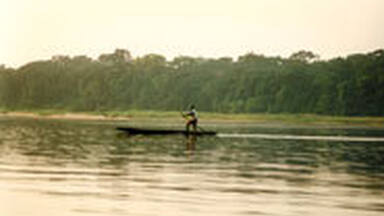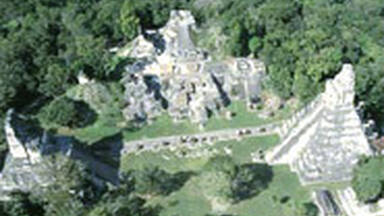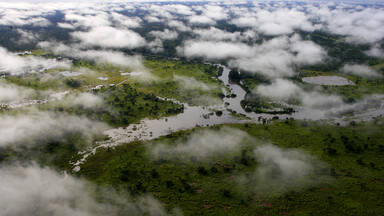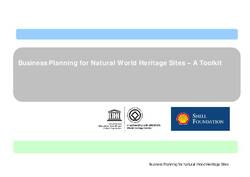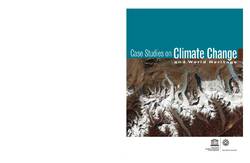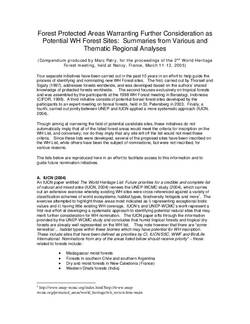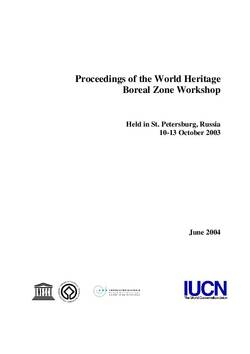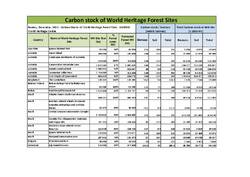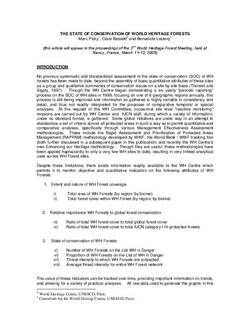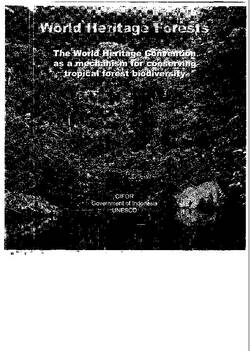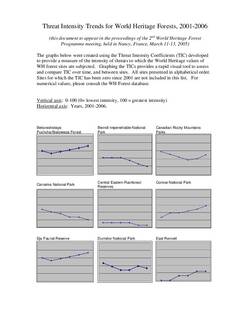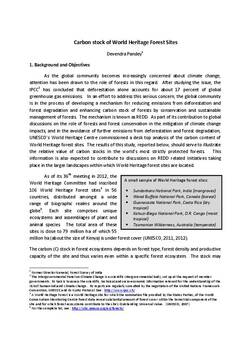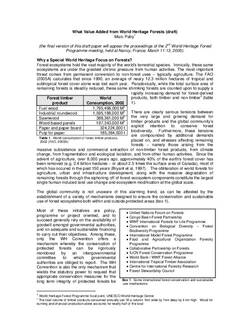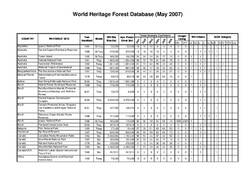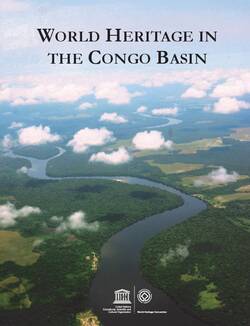Forests are some of the most biodiversity-rich habitats on Earth. They play a crucial role in climate regulation by absorbing carbon dioxide (CO2) and are considered as one of the most cost-effective forms of climate action.
They are also vitally important for human well-being and survival. It is estimated that around 1.6 billion people - including more than 2,000 indigenous cultures - depend on forests for their livelihoods, medicine, fuel, food and shelter.
As of today, more than 200 World Heritage sites harbor unique forest ecosystems. Ranging in size from 18 hectares (Vallée de Mai, Seychelles), to more than 5 million hectares (Central Amazon Conservation Complex, Brazil), World Heritage forest sites now have a total surface area of over 69 million hectares (roughly twice the size of Germany).
69
million hectares of forest cover
(roughly twice the size of Germany)
190
million tonnes of carbon dioxide absorbed (net)
from the atmosphere each year
(equivalent to approximately half of the United Kingdom’s annual CO2 emissions from fossil fuels)
13
billion tonnes of carbon stored in trees and soil (more carbon than Kuwait’s proven oil reserves)
10
World Heritage forests
were net carbon sources from 2001 to 2020 due to natural and anthropogenic disturbances, including climate change
Conservation of forest biodiversity
The World Heritage Convention is uniquely positioned amongst international conventions, programmes and agencies to play a leading role for in-situ conservation of forest biodiversity and has been particularly active in the Congo Basin’s forests through two initiatives
the Biodiversity Conservation in Regions of Armed Conflict: Protecting World Heritage in the Democratic Republic of the Congo and the Central Africa World Heritage Forest Initiative (CAWHFI)



